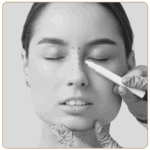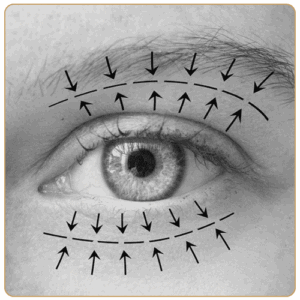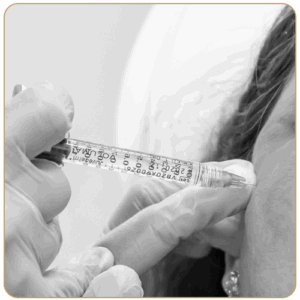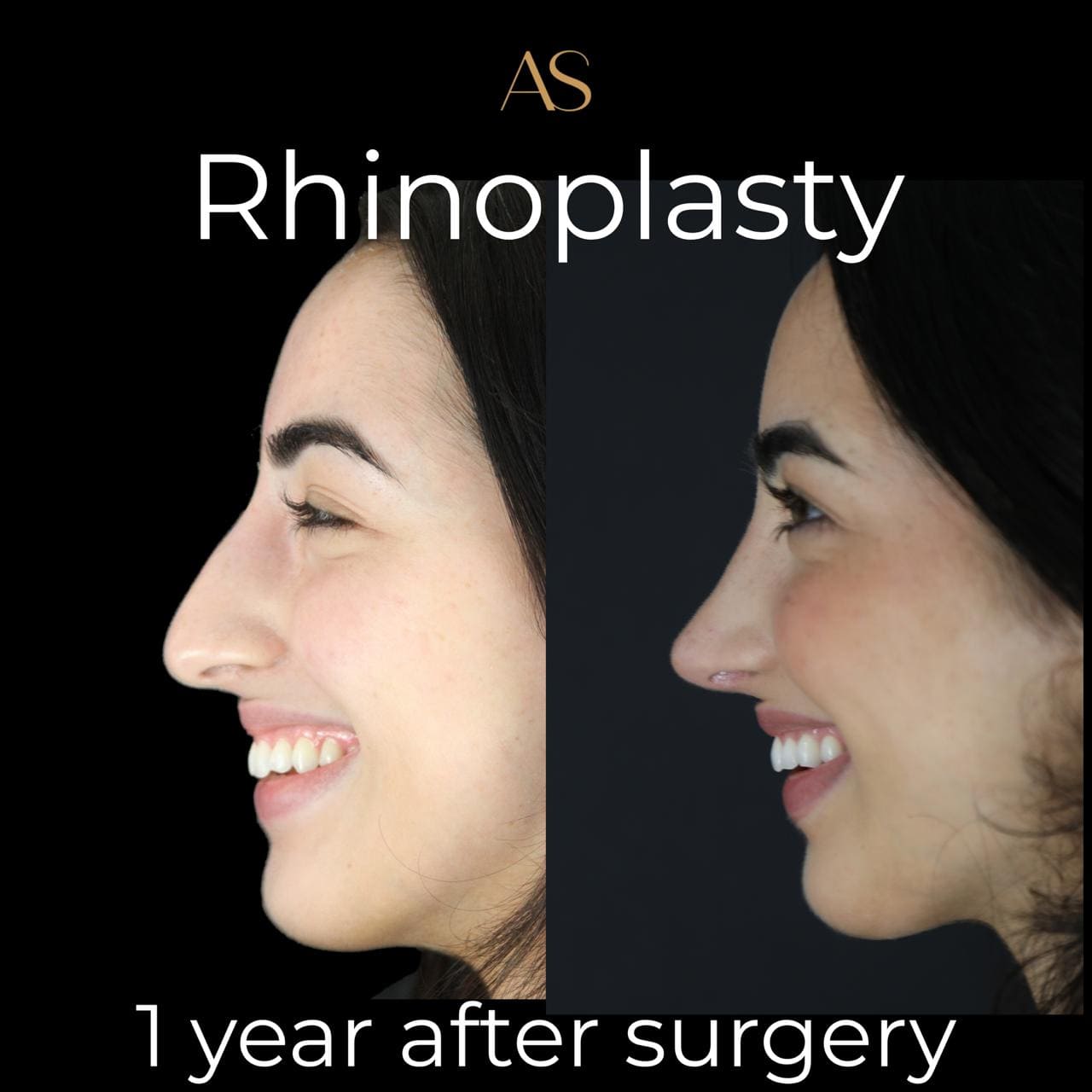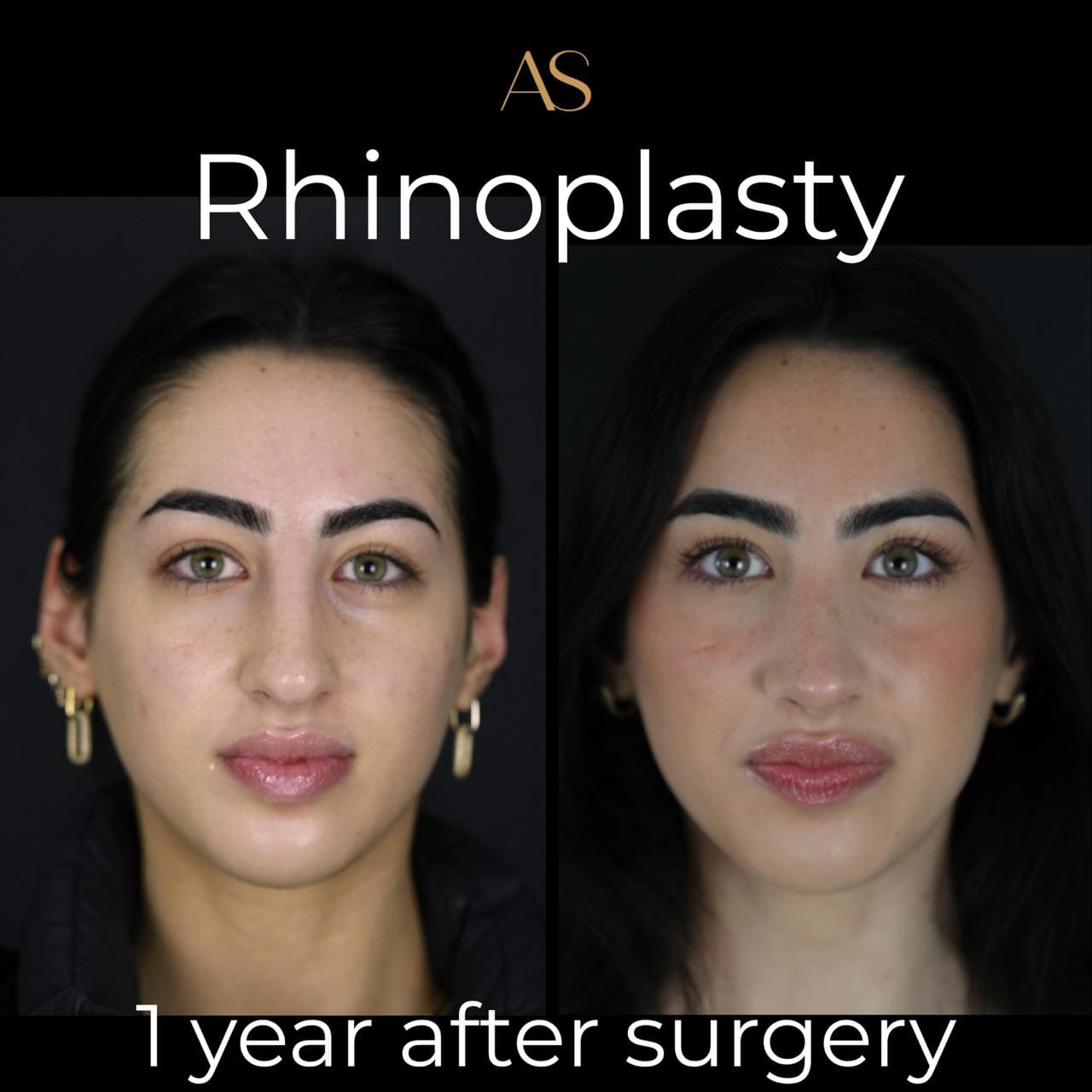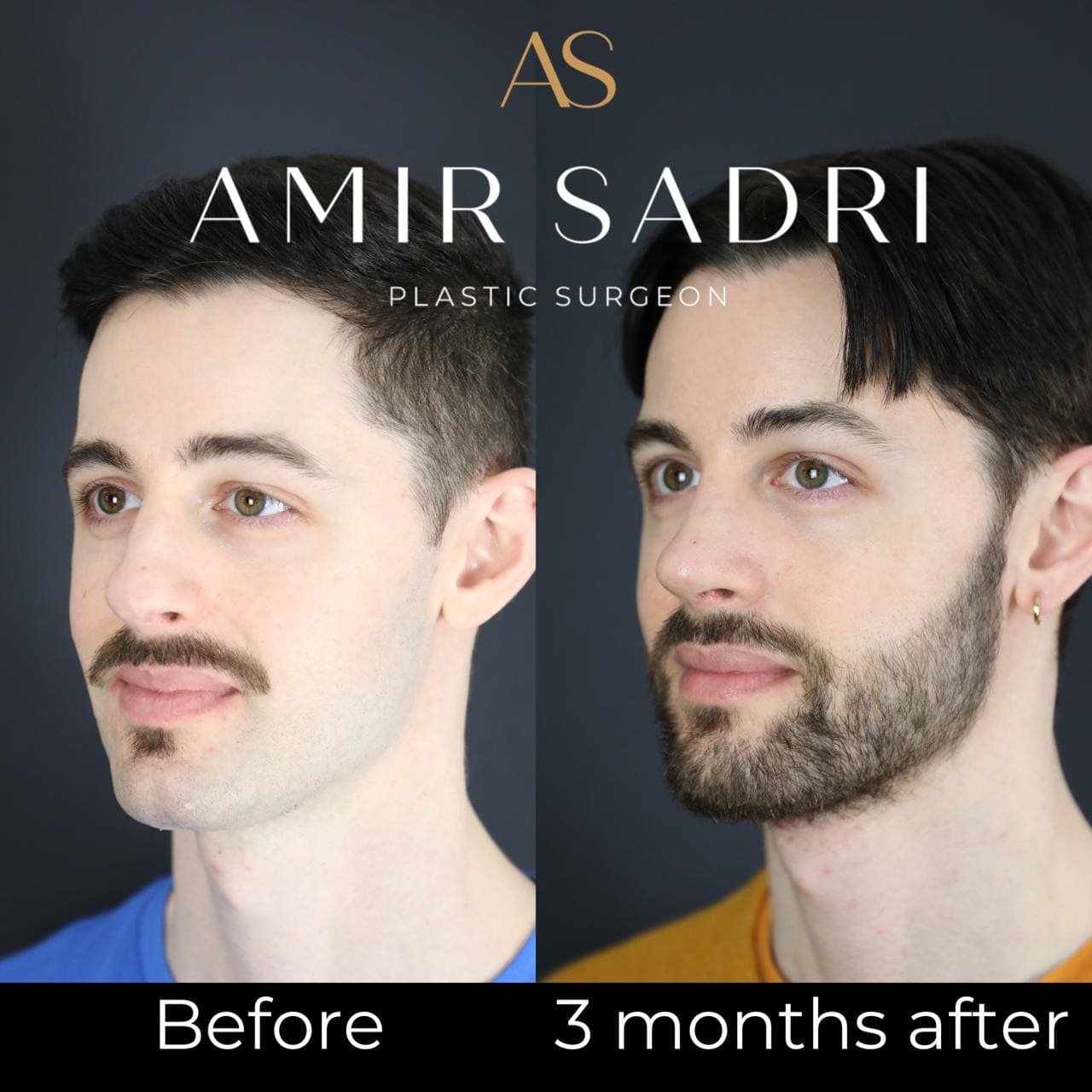Revision Rhinoplasty
Revision Rhinoplasty
A revision rhinoplasty, also known as secondary rhinoplasty, is a surgical procedure performed to correct issues that have arisen from a previous rhinoplasty surgery. This specialized type of rhinoplasty addresses functional, or structural concerns that were not adequately resolved or may have even been exacerbated by the initial surgery. Revision rhinoplasty is typically more complex than primary rhinoplasty due to the altered anatomy and scar tissue resulting from the previous procedure.

Revision Rhinoplasty Surgeon
A revision rhinoplasty is a specialized operation that requires a higher level of skill, experience, and expertise compared to primary rhinoplasty. Because of its intricacies, patients seeking revision rhinoplasty should carefully research and consult with a board-certified plastic surgeon who specializes in this area. Choosing the right surgeon ensures that the complexities of the procedure are effectively managed, leading to optimal results and a positive patient experience.
Online Consulting
Arrange a 15-minute call to discuss our treatments and services.
Before & After Gallery
Reasons for Revision Rhinoplasty:
There are several reasons why a person might seek revision rhinoplasty:
Unsatisfactory Results: Some individuals may not achieve the desired outcome from their initial rhinoplasty. This could include issues such as asymmetry, visible irregularities, or unsatisfactory shape or size, or even medical concerns.
Functional Issues: In some cases, the initial rhinoplasty might have inadvertently caused breathing problems due to changes in the nasal structure. Revision rhinoplasty can address these functional concerns and improve airflow.
Overcorrection or Undercorrection: Sometimes, the first surgery can result in overcorrection (too much tissue removal) or undercorrection (insufficient changes). Revision rhinoplasty can balance these issues to achieve a more harmonious and natural appearance.
Scar Tissue and Healing: Scar tissue can form after any surgery, including rhinoplasty. If scar tissue formation distorts the nasal shape or function, revision surgery may be necessary to correct it.
Revision Rhinoplasty Risks
Revision rhinoplasty can carry some additional complexities and potential risks compared to primary rhinoplasty, but whether it’s considered “dangerous” depends on various factors, including the patient’s individual circumstances, the surgeon’s expertise, and the nature of the revision needed.
View risks
Increased Complexity:
Revision rhinoplasty is generally more complex than primary rhinoplasty due to altered anatomy, scar tissue, and potential changes made during the initial surgery. The surgeon must navigate these challenges to achieve the desired outcome.
Scar Tissue and Healing:
Scar tissue from the previous surgery can make the tissues less pliable and more challenging to work with. The surgeon must carefully manage scar tissue to achieve the desired results.
Potential for Limited Graft Material:
In some cases, the availability of suitable graft material (cartilage or tissue) might be limited due to previous surgery. The surgeon needs to assess the available options for grafts to achieve the desired results.
Skilled Surgeon Required:
Performing a successful revision rhinoplasty requires a highly skilled and experienced plastic surgeon. A surgeon with expertise in both primary and secondary rhinoplasty is essential to navigate the complexities and achieve the best possible outcome.
Risk of Complications:
Due to the altered anatomy, scar tissue, and potential for limited graft material, there might be an increased risk of complications in revision rhinoplasty compared to primary rhinoplasty. Complications could include issues such as poor healing, asymmetry, or breathing difficulties.
Realistic Expectations:
Patients considering revision rhinoplasty should have realistic expectations. While the goal is to improve the appearance and function of the nose, complete perfection may not always be achievable due to the complexities involved.
Consultation and Planning:
It’s crucial to consult with a board-certified plastic surgeon who specializes in revision rhinoplasty. During the consultation, the surgeon will assess your specific situation, discuss the potential risks and benefits, and provide recommendations based on your goals and anatomy.
Individual Considerations
While revision rhinoplasty might involve additional complexities and potential risks compared to primary rhinoplasty, it’s not necessarily “dangerous” when performed by a skilled and experienced surgeon. The key is to choose a surgeon who has a proven track record in both primary and revision rhinoplasty procedures. Through thorough consultation, careful planning, and a realistic understanding of the potential challenges, patients can make informed decisions about undergoing revision rhinoplasty to achieve their desired aesthetic and functional goals.
Revision Rhinoplasty Specialist
Dr Amir Sadri is a leading specialist in the field of facial aesthetics and rhinoplasty and can help your achieve your desired results with the best possible care and techniques. Each revision rhinoplasty is unique. Surgeons need to tailor their approach to address specific concerns, restore functionality, and achieve the desired aesthetic outcome based on the individual patient’s situation.
Dr Amir Sadri is a leading expert in rhinoplasty and can help you achieve your desired results in the safest and most effective way.
Dr Amir Sadri – Specialist Rhinoplasty Surgeon

Online Consulting
Arrange a 15-minute call to discuss our treatments and services.


